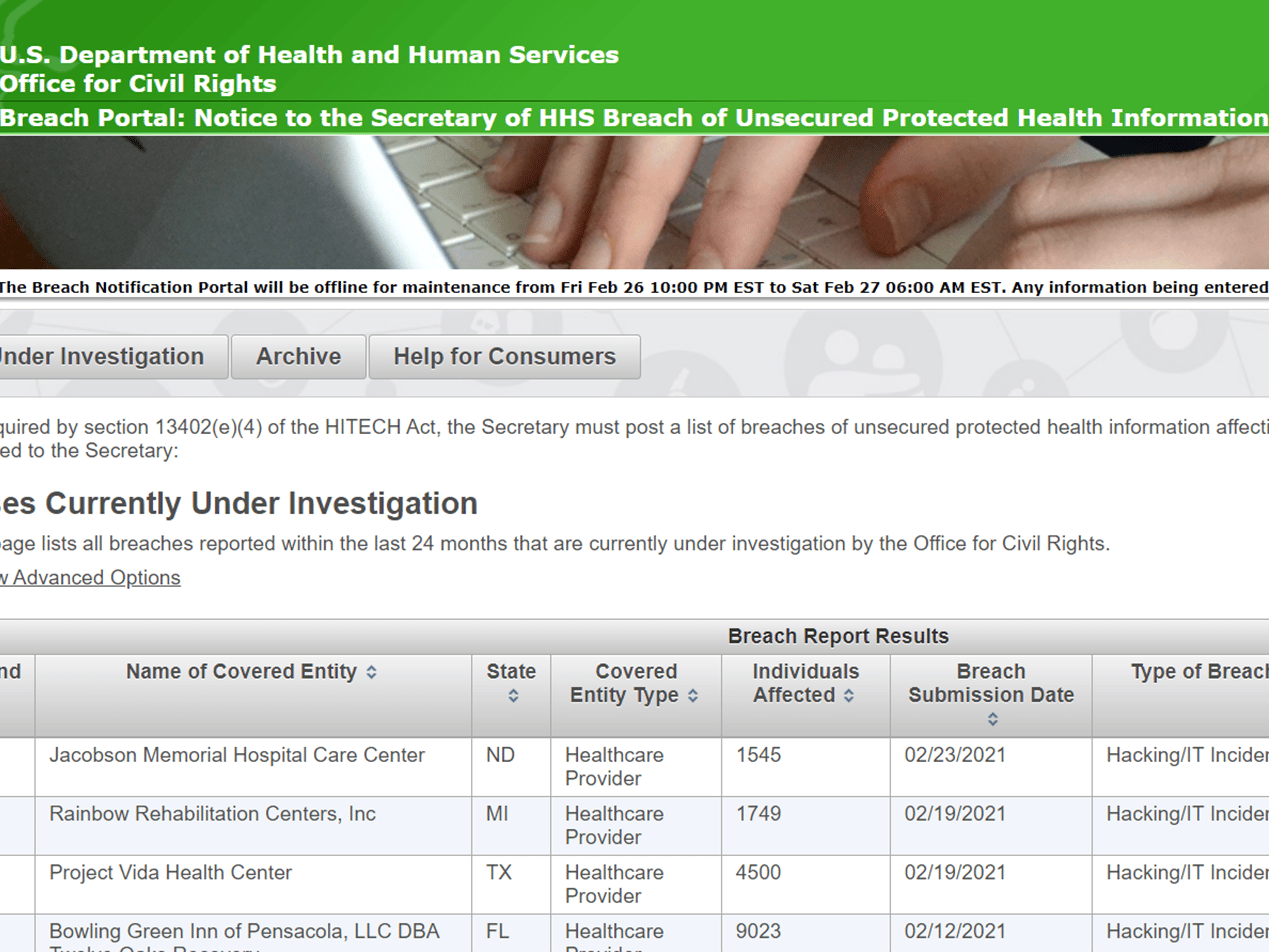

Most people know they are sick or have an illness when the symptoms start… maybe it’s a cough, sneezing more than usual or a headache that just won’t go away. However, did you know that you can still be the carrier of an illness without displaying any symptoms? This is called being asymptomatic or being pre-symptomatic— but what is the difference between the two terms? You’ve definitely heard these terms lately because of the COVID-19 global health crisis. Especially because this particular illness can be transmitted from person to person when in close contact with each other (via the droplets in the air from talking or breathing out of your mouth). People who are asymptomatic or pre-symptomatic can create especially tricky issues for those in the healthcare industry who regularly see patients in person. So, what’s the definition of asymptomatic and pre-symptomatic?
Being asymptomatic
When someone is considered asymptomatic, they carry an active illness (like COVID-19) but display no signs or symptoms and never develop them in the future. This term is also used for people who have since recovered from an illness and no longer display symptoms.Being pre-symptomatic
Patients are pre-symptomatic when they have an active illness but do not yet display symptoms. Pre-symptomatic patients differ from asymptomatic patients because they eventually develop signs of the illness . The period between infection and displaying symptoms is called the "pre-symptomatic period." Those in this stage can still infect others. Unfortunately, there is no way to tell if someone is asymptomatic or pre-symptomatic until they begin to show signs of infection. Both asymptomatic and pre-symptomatic people can spread illness.Stop the spread of illness
To protect patients and staff, many healthcare providers are choosing to move to telehealth appointments . SEE ALSO: Historic Expansions of Telehealth to Combat COVID-19 Online appointments promote social distancing while still allowing healthcare professionals to see patients and answer their questions during a global health crisis. SEE ALSO: Top 5 Telehealth Software Services By using a HIPAA compliant email service, like Paubox Email Suite , healthcare providers can communicate effectively and personally with each of their patients to let them know about changes to their practices, such as adding telehealth options or explaining additional cleaning protocols to make patients feel safe during an in-person visit. With Paubox Email Suite, every email sent is encrypted in a HIPAA compliant manner by default.Subscribe to Paubox Weekly
Every Friday we'll bring you the most important news from Paubox. Our aim is to make you smarter, faster.




